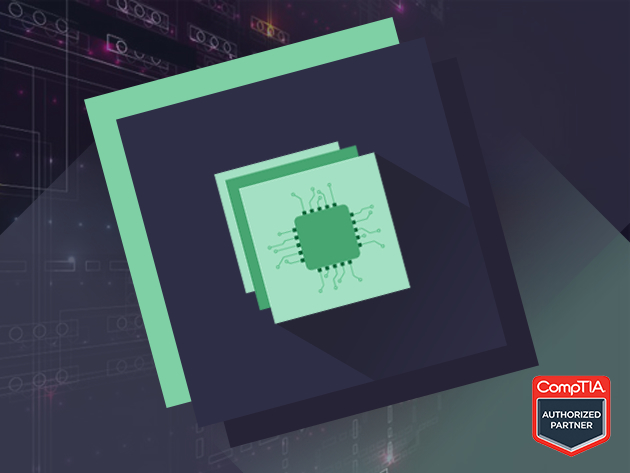CompTIA-IT Certification Career Advancement Bundle
2057 Enrolled
42 Hours
Deal Price$59.00
Suggested Price
$4,099.00
You save 98%
🔥 1,000+ Sold! Selling Fast
58 Lessons (42h)
- CompTIA A+ 220-801 and 220-802
- CompTIA Cloud Essentials
- CompTIA Cloud+
- CompTIA Network+
- CompTIA Security+ SYO-401
DescriptionInstructorImportant DetailsRelated Products
Break into the IT Field with 42 Hours of Elite CompTIA Certification Prep
S
SimplilearnSimplilearn is a leading provider of a suite of professional certification courses. They work with companies and working professionals to address their unique learning needs. They are constantly improving their learning frameworks to make them more user-friendly, while simultaneously upgrading their courses to remain up- to-date. They assist all their learners in applying for certification exams, and help them pass by sharing essential tips and tricks.
For more details on this course and instructor, click here.Terms
- Instant digital redemption
Your Cart
Your cart is empty. Continue Shopping!
Processing order...


